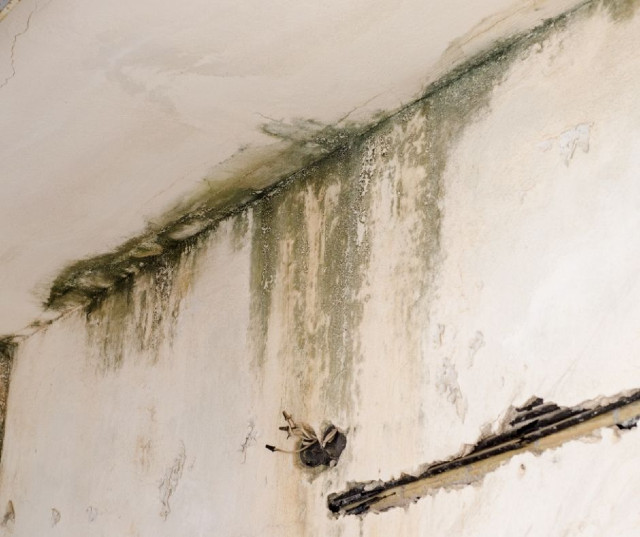There is nothing more alarming, inconvenient, and disruptive than having water damage in your basement. Of course, this cannot be taken for granted as it can escalate into bigger issues and compromise your property’s structural integrity. When confronted with this problem, you must take prompt action or hire a water damage restoration company to ensure a proper job.
If you want to know how to handle water damage in your basement, we have rounded up some key steps below in this article:
1) Look for Signs of Basement Water Damage
When you have water damage in your basement, you will likely spot standing water in the affected areas, which is an apparent sign. However, there are several instances when water problems are already prevalent, but you aren’t aware of them. Be wary of the following tell-tale signs:
– Mildew and mould presence and infestation: Look for mildew and moulds as they thrive in a moist environment, indicating excess moisture in your basement.
– Visible stains: Look for yellowish-brown stains and check this discolouration on tiles, carpeting, panelling, or walls.
– Musty smells: Be wary of foul odours emanating from your basement, particularly if they’re persistent.
– Efflorescence: Look for white, powdery, and sparkly coatings forming on walls as they are brought by persistent moisture in the basement.
– Cracks: Check for cracks wider than 1/16 of an inch in your basement caused by winter thaws, heavy rains, and improper drainage.
2) Fix the Water Source
After discovering any apparent signs of water damage in your basement, the next step is to find the source. For your reference, below are common causes of water damage in basements:
– Improper drainage: It’s easy for rainwater and melting snow to get into your basement and cause flooding if they aren’t properly drained away from your home. For this reason, be sure to clean and clear your gutters and downspouts regularly.
– Sewage backups: It’s possible for your sewage system to get clogged with debris or flooded with water after a storm, where the water damage extends to the basement. When confronted with this problem, get in touch with a plumber promptly.
– Damaged pipes: There are instances when your pipes get damaged over time due to corrosion, penetrating tree roots, and other factors.
– Water leaks in floors, walls and windows: After heavy rainfall or storm, water leaks can easily occur via your windows, walls, and floors, and your basement will eventually be affected. For this reason, be sure to seal any cracks, gaps, or openings in these parts of your house.
– Malfunctioning water heater: Be sure to turn off the water supply line if the water damage comes from your water heater. If the water heater is damaged, get it repaired or replaced as soon as possible.
3) Perform Water Removal
– Remove the flood water as soon as possible if caused by heavy rainfall or storm.
– Pour the water out using a bucket, or utilize a submersible pump or wet-dry vacuum to remove the water efficiently and quickly.
– Be sure to dispose of water as far as you can from the foundation.
– Open your windows, set up some fans, or use a dehumidifier to remove moisture.
– Hire a water damage restoration company if the water removal process is difficult.
Conclusion
At this point, you now know how to deal with the water damage problem in your basement. To that end, be sure to follow the key steps outlined above to ensure a smooth process. Ultimately, if the task becomes too difficult, hiring a professional restoration company will make a difference in disposing of the floodwater and restoring your property!
We handle commercial and residential water damage restoration services in Edmonton, providing various services such as weather damage restoration, water damage repair, fire damage restoration, mould removal, biohazard cleanup, and many more. If you’re looking for professional help, get in touch with us today to learn more about our services!

